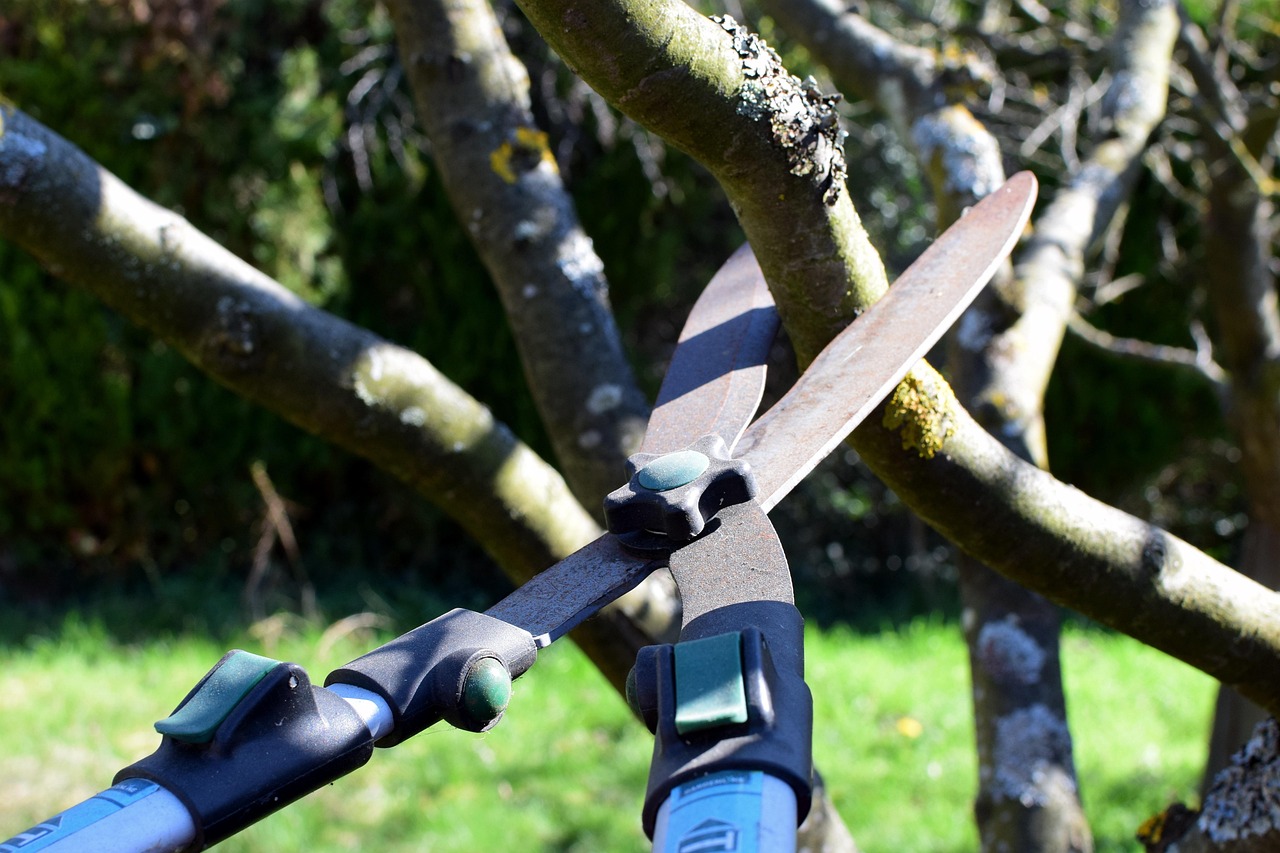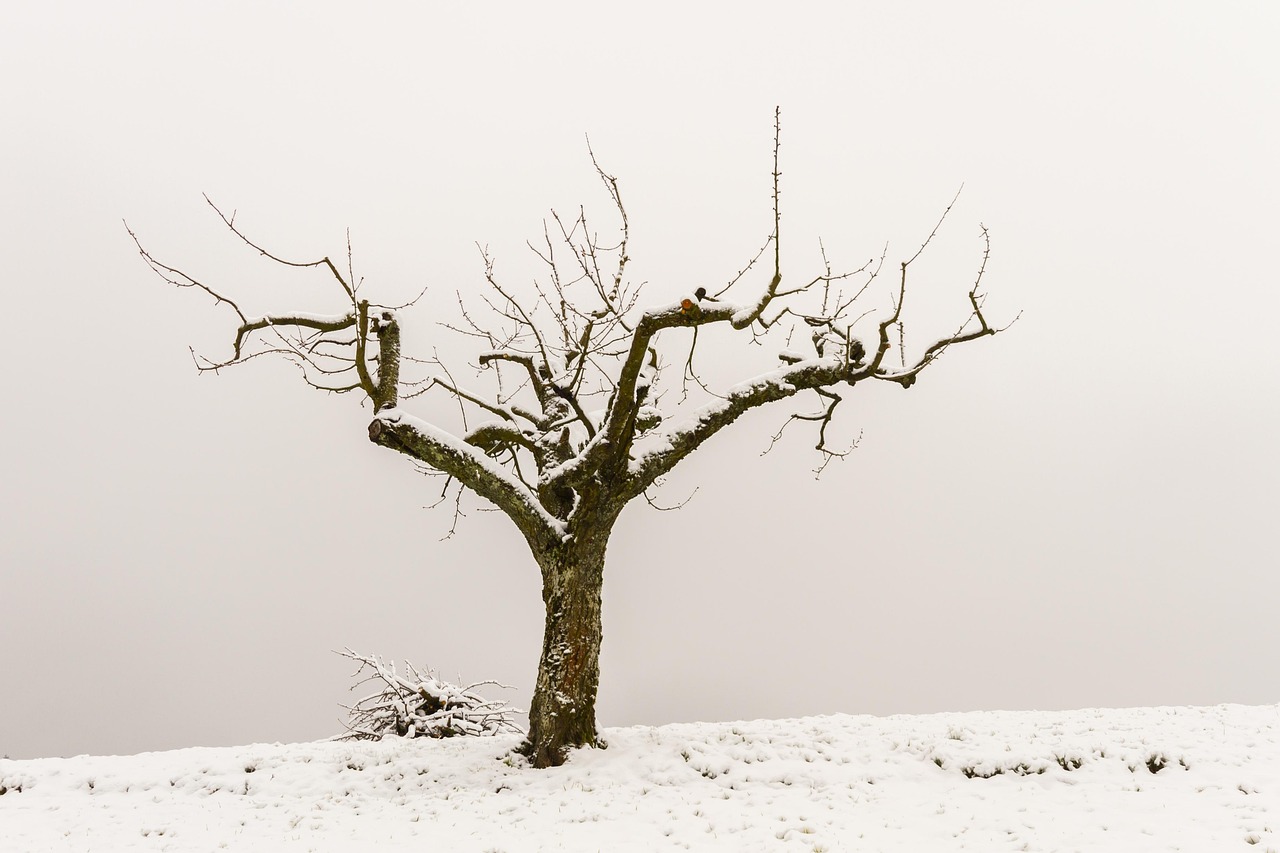Proper small tree pruning is vital for health, appearance, and productivity. By understanding timing, techniques, and selecting the right tools, homeowners can safely prune their trees to promote strong growth, prevent disease, and achieve beautiful landscapes. Consistent care ensures healthier, more resilient small trees with improved airflow and shape.
I remember my first attempt—I was nervous about hurting the tree or making a mistake. But I always remind myself that understanding the basics makes the process manageable and surprisingly enjoyable. Regular pruning not only keeps my trees looking good but also contributes significantly to their overall health. I always make sure sunlight reaches all the leaves, which I’ve found is crucial for avoiding pests and diseases. Trust me, a little effort in pruning goes a long way!

Before I even grab my tools, I always ask myself: When is the right time to prune? Based on my experience, timing matters a lot. Every tree species has its own schedule—some bloom in spring, others grow aggressively in summer. I’ve found late winter or early spring tends to be best for most trees, just before they start growing again. This way, I can clearly see their structure without leaves blocking my view. But I’ve also learned that if I’m pruning flowering trees, I should wait until after they bloom so I don’t lose those beautiful flowers. Knowing the specific needs of each tree has saved me from making costly mistakes.
Why Do I Always Prune Small Trees?
For me, pruning serves multiple vital purposes:
- Health: I always remove dead or diseased branches—I’ve seen firsthand how this prevents spreading illness.
- Shape: Maintaining an attractive form is my goal; improper pruning can make a tree look chaotic, so I always aim for balance.
- Air & Light: I’ve noticed that thinning the canopy boosts sunlight and air flow, which keeps my trees healthier and more resistant to pests.
- Fruit & Flowers: When I prune fruit trees properly, I usually get better yields—and that’s always satisfying!
When my trees are young, I focus on establishing their structure. I always prune to help develop a sturdy, well-formed canopy that can support future growth. It’s like giving them a framework that lasts for years. Also, removing weak branches before storms can save your tree from damage—I always keep that in mind during windy seasons.

Pro-Tips for Successful Small Tree Pruning
When I first started pruning, I wish I had known how much timing and technique matter. One of my biggest lessons is to always do a bit of research on each tree species before jumping in—what works for one might harm another. I learned early on that dull tools can cause more damage than good, so I always keep my pruners and saws sharp; dull blades crush branches and create entry points for pests.
Another tip is to take my time and prune gradually—removing too much at once honestly stressed my trees and set back their growth. I now aim to remove no more than a quarter of the canopy in a single session. I also found that making clean, angled cuts helps wounds heal faster and minimizes the risk of infection or rot.
Safety is another lesson I didn’t take seriously at first. Wearing gloves, goggles, and ensuring my ladder is stable has prevented a lot of potential accidents. I also learned to pay attention to my tree’s natural shape, avoiding random cuts that make the tree look chaotic. Instead, I try to prune in a way that enhances its natural form, which results in healthier, more attractive trees.
Lastly, I’ve discovered that aftercare—watering, mulching, and monitoring for pests—really helps my trees recover and thrive after pruning. The whole process becomes more effective when I follow through with proper post-pruning care.
When’s the Best Time to Prune?
Based on my experience, timing is everything. I always aim for late winter or early spring, right before the new growth kicks in. This period gives me the clearest view of the tree’s structure, without leaves getting in the way. I’ve learned that pruning at the wrong time can do more harm than good. For example, cutting into flowering trees during late winter can eliminate buds that would bloom beautifully in spring—that’s a mistake I used to make often early on. Every species has its ideal window, so I always do a little research before jumping in.
| Tree Type | My Experience: When to Prune |
|---|---|
| Deciduous Trees | Late Winter to Early Spring |
| Flowering Trees | After Blooming |
| Fruit Trees | Late Winter |
| Everbearing Trees | Spring After Frost |
By sticking to this schedule, I’ve avoided unnecessary stress on my trees and seen healthier growth in spring. Always remember to consider your specific tree’s needs—some exceptions exist based on species.
Tools I Always Keep Handy
Over the years, I’ve learned that having the right tools makes all the difference. Here’s what I always keep in my gardening kit:
- Hand Pruners: Perfect for small branches up to ¾ inch in diameter. I always keep mine sharp—clean, precise cuts lead to healthier trees.
- Loppers: These are great for branches between ¾ inch and 2 inches. I use them to reach higher or thicker limbs without straining.
- Saw: For branches over 2 inches, I rely on a good pruning saw. It’s sturdy and makes smooth cuts.
- Gloves: Never forget protective gloves—I’ve pricked my fingers before and learned my lesson the hard way.
- Ladder: For taller trees, I prefer a sturdy ladder—safety first! I always check it for stability before climbing.
I always keep my tools clean and sharp; dull blades can damage the tree’s bark and slow healing. Regular maintenance saves me trouble down the line.
Easy Techniques I Always Use
Knowing a few fundamental pruning methods has made me more confident with each cut. Here are the ones I stick with:
- Thinning: I remove entire branches back to their origin to improve light and air flow. This prevents overcrowding and disease.
- Heading: I cut back a branch to a bud or lateral branch. It encourages bushier, fuller growth, which I love for shaping.
- Reduction: When I want to control height or spread, I shorten long branches but try to keep a natural shape.
- Crown Raising: To lift the canopy, I remove lower branches; this makes walking underneath safer and easier.
I always make sure to make clean, angled cuts—water naturally drips off, promoting faster healing and reducing rot risks. It’s been a game-changer for my trees’ longevity.
Learning from My Common Mistakes
I’ve learned the hard way that improper pruning can harm your trees. Here are some pitfalls I’ve avoided over time:
- Timing: I used to prune in summer, not realizing it stressed the tree. Now, I stick to the dormant season unless I need to remove damaged branches urgently.
- Over-Pruning: Cutting too much at once shocked my trees initially. Now I prune gradually, never removing more than 25% of the canopy at a time.
- Dull Tools: Using dull blades crushed branches more than cutting them, inviting pests. I always sharpen my tools before use.
- Ignoring Structure: I used to prune randomly, leading to uneven shapes. Now I always think about the tree’s natural form.
- Safety: I never skip safety gear—gloves, goggles, and stable ladders are non-negotiable for me.
Patience and knowledge have helped me avoid these mistakes, making my pruning safer and more effective.
Understand Your Tree’s Anatomy
To prune effectively, I always try to understand my tree’s anatomy:
- Roots: Not visible most of the time, but I know healthy roots support strong growth.
- Trunk: The main support, so I avoid cutting into it unless necessary.
- Branches: The main scaffolding—removing weak or crossing branches keeps everything balanced.
- Leaves & Buds: Key to growth and flowering, so I protect the healthy buds when pruning.
This understanding helps me select the right branches to cut and encourages the desired growth.
Tailored Techniques for Different Trees
Over time, I’ve found that different small trees need different pruning approaches:
Fruit Trees
For my fruit trees, I always prune to maximize yield and shape. I use:
- Open Center: Creating a vase shape by removing the central leader allows light to reach all parts.
- Summer Thinning: During growth, I thin out excess shoots to improve fruit quality.
Ornamental Trees
For aesthetics, I focus on:
- Canopy Thinning: Removing some branches to let light and air in.
- Structural Pruning: Correcting weak or crossing branches for a neat form.
Shade Trees
These get taller and broader, so I use techniques like:
- Height Reduction: Carefully trimming the upper branches to keep height manageable.
- Crown Cleaning: Removing dead or diseased branches to keep the tree safe and healthy.
Aftercare is Critical
Once I finish pruning, I always follow up with care:
- Water: I keep an eye on moisture—deep watering helps wounds heal faster.
- Mulch: Applying mulch around the base keeps moisture in and weeds out.
- Pest & Disease Checks: I monitor for any signs of trouble, catching issues early.
Paying attention after pruning has saved me from bigger problems later—trust me on this!
Signs It’s Time to Prune Again
In my experience, being proactive makes all the difference. I look out for:
- Overcrowding: Branches crossing or crowding each other—time to thin out.
- Dead or Diseased Wood: Discolored or dead branches? Get rid of them.
- Uneven Growth: If the tree looks lopsided or sparse in parts, some strategic pruning can restore balance.
I always check my trees periodically—especially after storms—to catch any issues early and keep my landscape thriving.
Exploring Advanced Pruning Techniques
Once I got comfortable with basics, I started trying more advanced methods. These took some learning but paid off by creating beautiful, healthy trees. Here are a couple I use:
Espalier
Training trees to grow flat against a wall or trellis is fun and space-saving. I focus on:
- Design: Choosing a pattern, like a fan or ladder shape, and pruning to maintain it.
- Support: Using wires to guide the branches’ growth.
- Maintenance: Regular pruning keeps the shape perfect.
This method adds a unique aesthetic to my garden and boosts fruit production in tight spaces.
Pollarding
This technique involves cutting back the upper branches to promote dense, bushy growth. I usually do this in late winter. It helps control size while keeping the tree attractive and healthy. I always watch for overcrowded branches, as too many can cause problems.
Understanding How Trees Grow
Getting familiar with growth patterns has helped me prune smarter:
- Apical Dominance: The main central stem grows faster, which can make the tree lopsided if not managed.
- Branching Patterns: Different species develop branches at specific angles—knowing this helps me prune at the right spot.
- Growth Rings: These tell me the tree’s age and health, guiding my pruning choices.
Learning these patterns allows me to make strategic cuts that enhance both form and health.
The Power of Tree Hormones
I was
